There’s good news and kinda less good news today. Where should we start? I’m excited about the good news so lets start there. It seems our old friend Sherri Tippie is back on the beaver circuit again. I hadn’t heard anything about or from her for a while so I wasn’t sure. But this was WONDERFUL news! The talk was last night.
Beaver expert visits Vail Valley
 Betty Ford Alpine Gardens will be presenting Beaver Habits and Habitats, an intimate evening with Sherri Tippie on Thursday, Aug. 9, from 5:30 to 7 p.m. at the Education Center in Vail.
Betty Ford Alpine Gardens will be presenting Beaver Habits and Habitats, an intimate evening with Sherri Tippie on Thursday, Aug. 9, from 5:30 to 7 p.m. at the Education Center in Vail.
Tippie has dedicated more than 30 years of her life to beavers. She is a self-taught live-trapper, relocator and passionate educator who promotes coexistence and nonlethal management strategies for the keystone species.
In 1986, Tippie founded Wildlife 2000, an organization dedicated to fostering a healthy coexistence between humans and beavers. A Denver resident, she is nationally recognized as an expert on beaver ecology in general and beaver live-trapping in particular. She has trapped and relocated more than 1,000 beavers over the decades.
Hurray for Sherri! I wish we could have all gone to her lecture last night. We would have learned so much and laughed a lot, I’m sure. Ben Goldfarb was of two minds about featuring her in his book, because she was already such a ‘celebrity. I lobbied hard for her founding father status, but I guess his editor didn’t agree. Sherri deserves her own book anyway. You know it would be a best seller.
Speaking of Ben, yesterday was also the time his Patagonia papers were released. It’s actually not a terrible look at the issue, and easily the wisest thing I have read on the topic. But I’d still rather him be promoting American beavers than promoting the cull of some foreigners.
Why two countries want to kill 100,000 beavers
If you’re a boreal toad — or a wood duck, or a brook trout, or a moose — you might owe your life to a beaver. (Kudos, also, on learning to read.)
Castor canadensis, the North American beaver, is the ultimate keystone species, that rare creature that supports an entire ecosystem. By building dams and forming ponds, beavers serve as bucktoothed housing developers, creating watery habitat for a menagerie of tenants. Songbirds nest in pondside willows, frogs breed in shallow canals, and trout shelter in cold pools. There’s even a beaver beetle that eats the skin of you-know-what.
Modern beavers have been wandering North America for 7.5 million years, giving flora and fauna plenty of time to adapt. Willow, a favorite snack, resprouts multiple stems when it’s gnawed down, like a hydra regrowing heads. Cottonwoods produce distasteful tannins to deter chewing. America’s rarest butterfly, the St. Francis Satyr, eats little but sedges that grow in beaver wetlands. The evolutionary connection runs so deep it’s often boiled down to a pithy bumper-sticker: “Beavers taught salmon to jump.”
Until, that is, an ill-conceived scheme unleashed nature’s architects on a landscape that had never known their teeth — and forever rearranged ecosystems at the bottom of the world.
Okay, I get it. That’s a nice introduction. Where beavers BELONG they make a wonderful difference and save biodiversity. Where some nazis tossed them to get rich quick in in the 40’s they’re causing problems.

And as beavers spread, they did what beavers are wont to do: They transformed their surroundings.
Just as New Zealand’s flightless birds had no recourse against invasive rats, Tierra del Fuego’s trees were ill-equipped to withstand “los castores.” The region’s forests are dominated by beeches that never evolved beaver coexistence strategies: They don’t resprout after cutting, produce unsavory chemicals or tolerate flooded soils. As beavers chewed down beeches and expanded free-flowing streams into broad ponds, forests opened into stump-dotted meadows. In 2009, Chris Anderson, an ecologist at Chile’s Universidad de Magallanes, found that beavers had reshaped up to 15 percent of Tierra del Fuego’s total land area and half its streams — “the largest alteration to the forested portion of this landscape since the recession of the last ice age.”
Somehow you can just tell this isn’t going to end well already. I guess you shouldn’t throw a new species into an ecosystem but honestly, wouldn’t it be easier to plant some willow than to catch and kill 100,000 beavers?
Over the years, Chile and Argentina have made halfhearted attempts at curtailing the invasion. A bounty program failed to motivate trappers, while proposed markets for beaver meat never materialized. Recently, though, the two nations have gotten more serious: In 2016, they announced a plan to cull 100,000 — one of the largest invasive-species-control projects ever attempted.
Grr. This was better.
 In some respects, the South American beaver narrative is a familiar one: Humans introduce nonnative species; nonnative species wreak havoc; humans futilely attempt to erase their error. Yet the beaver story is more interesting — for, befitting a keystone species, the rodent takeover has produced winners as well as losers. Research suggests that beavers have benefited native Magellanic woodpeckers, perhaps by making trees more susceptible to the wood-boring insects upon which the birds feast. The slackwaters behind dams also support native fish called puye, which are four times more abundant around beaver impoundments than elsewhere in southern Chile.
In some respects, the South American beaver narrative is a familiar one: Humans introduce nonnative species; nonnative species wreak havoc; humans futilely attempt to erase their error. Yet the beaver story is more interesting — for, befitting a keystone species, the rodent takeover has produced winners as well as losers. Research suggests that beavers have benefited native Magellanic woodpeckers, perhaps by making trees more susceptible to the wood-boring insects upon which the birds feast. The slackwaters behind dams also support native fish called puye, which are four times more abundant around beaver impoundments than elsewhere in southern Chile.
Now that’s something I never read before. That’s almost worth reading the entire article for.
The biggest beneficiaries, however, have been the beaver’s fellow North Americans: the muskrat and the mink, two other lusciously furred mammals the Chilean government naively plopped down in Tierra del Fuego in the 1940s. On their own, the imports might have perished; beavers, however, ensured their survival. When researchers scoured one invaded island, they found a whopping 97 percent of muskrat tracks, scats and burrows around beaver ponds and wetlands, suggesting that one rodent was supporting the other. Mink, a weasel-like carnivore, have in turn feasted on the muskrats — as well as native birds and mammals.
I never read that either. They brought in a whole menagerie for their fur benefits. Of course the beavers helped the mink and muskrat. It seemed like home to them.
The whole saga, ultimately, is a sort of Bizarro Beaver story: The very same tree-gnawing, dam-building, pond-creating talents that normally make them such miracle-workers have mostly produced disaster below the equator. South America’s beavers are both charismatic and catastrophic, life-sustaining and forest-leveling, an invasive scourge and a popular tourist attraction. As the compassionate conservation movement dawns, beavers pose, too, an ethical dilemma: How do we balance ecological health with animal welfare? Is the only solution really mass slaughter?
Of course it will be. My goodness we commit mass slaughter of beavers in America all the time and OUR trees coppice! No one needs an excuse to kill more beavers. This is a well-written article, and I learned a lot but, honestly, having Ben use his remarkable talents to write about South America is like having a master chef come for the night from France and prepare macaroni and cheese for a dinner party. He might just do it better than anyone else in the world, but for goodness sake, it’s macaroni and cheese! I’d rather see him use his skills making intricate, exotic, luscious flavors, (writing things no one has ever said in a way no one else can) instead of serving up this tired old chestnut again.
Sheesh.



 You obviously know a lot of things about beavers already. But did you know there was a mongolian beaver? Mongolia is sandwiched between Russia and China, and one of the least densely populated countries in the world. Fully 30 percent of its people are still considered ‘nomadic’. Sure enough there is place for beavers in the Tuul River and they’ve been reintroduced numerous times but never quite ‘took’. Well they’re trying again with another 50 pairs.
You obviously know a lot of things about beavers already. But did you know there was a mongolian beaver? Mongolia is sandwiched between Russia and China, and one of the least densely populated countries in the world. Fully 30 percent of its people are still considered ‘nomadic’. Sure enough there is place for beavers in the Tuul River and they’ve been reintroduced numerous times but never quite ‘took’. Well they’re trying again with another 50 pairs. Can saving an endangered fish help heal some of California’s regional water woes?
Can saving an endangered fish help heal some of California’s regional water woes?
 Am I a zealot?
Am I a zealot?



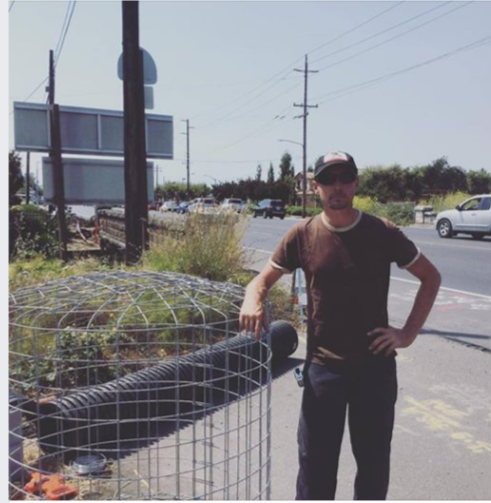
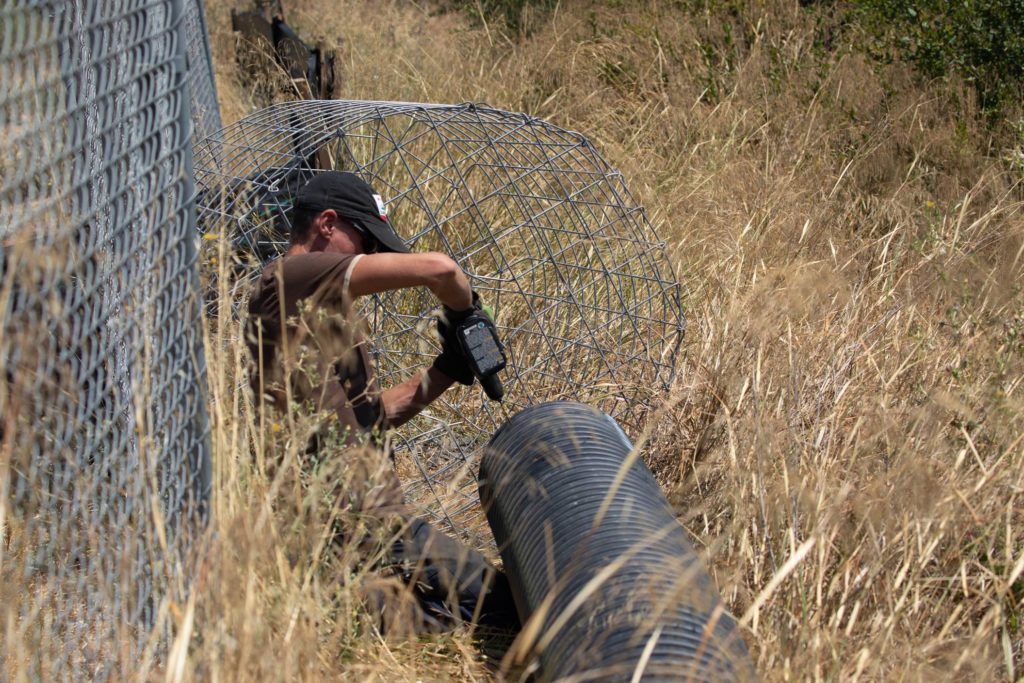
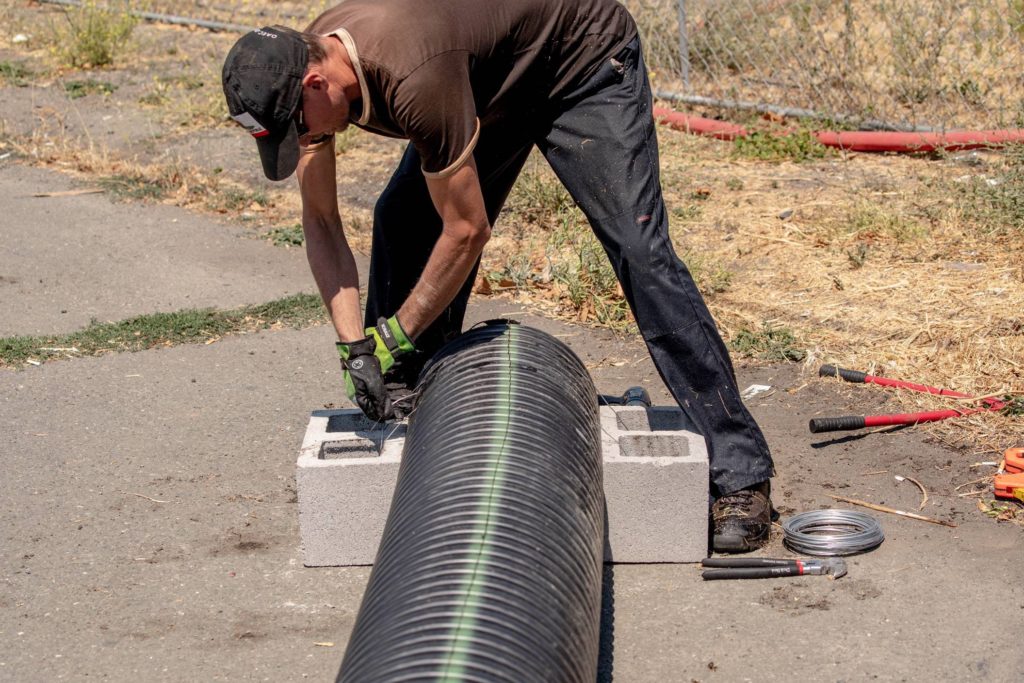
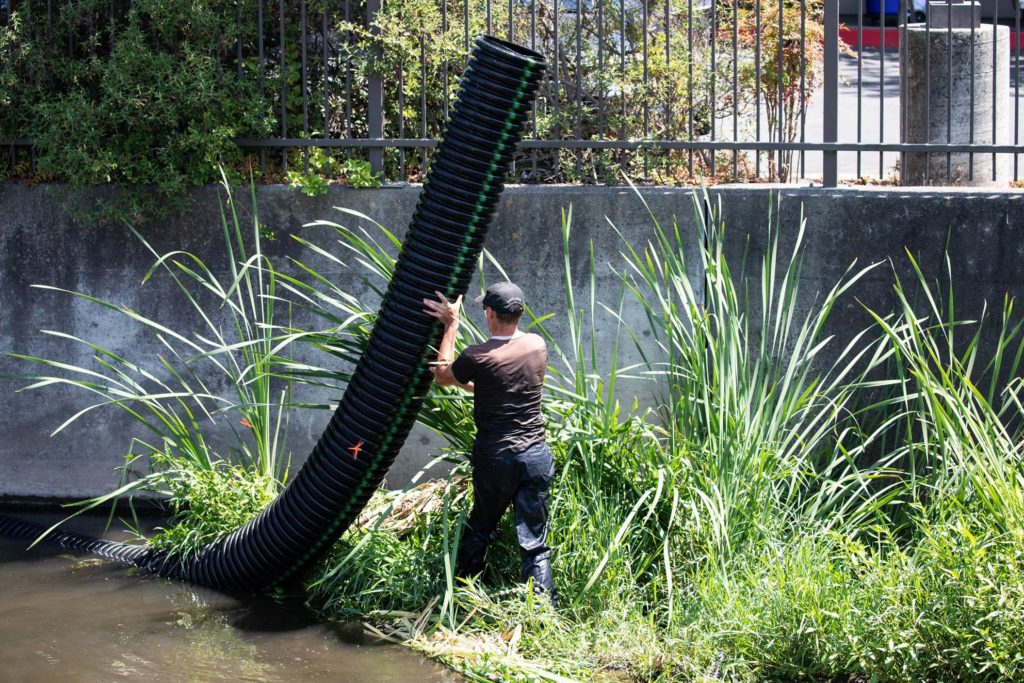
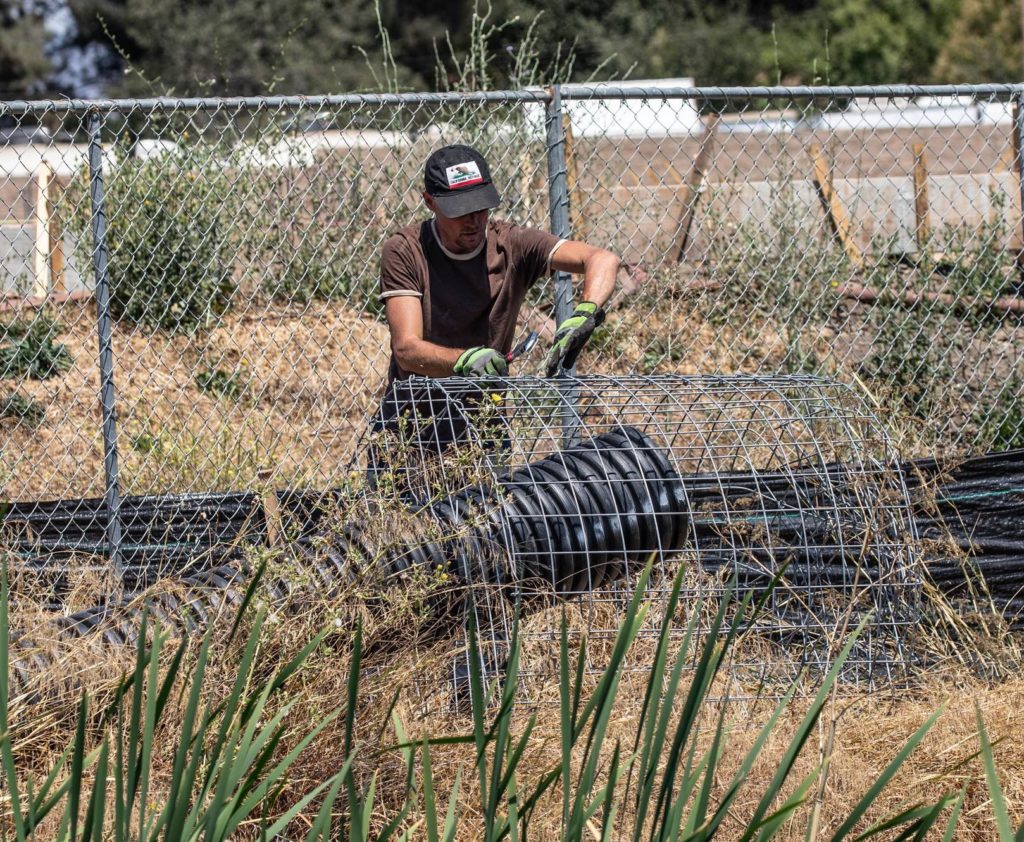
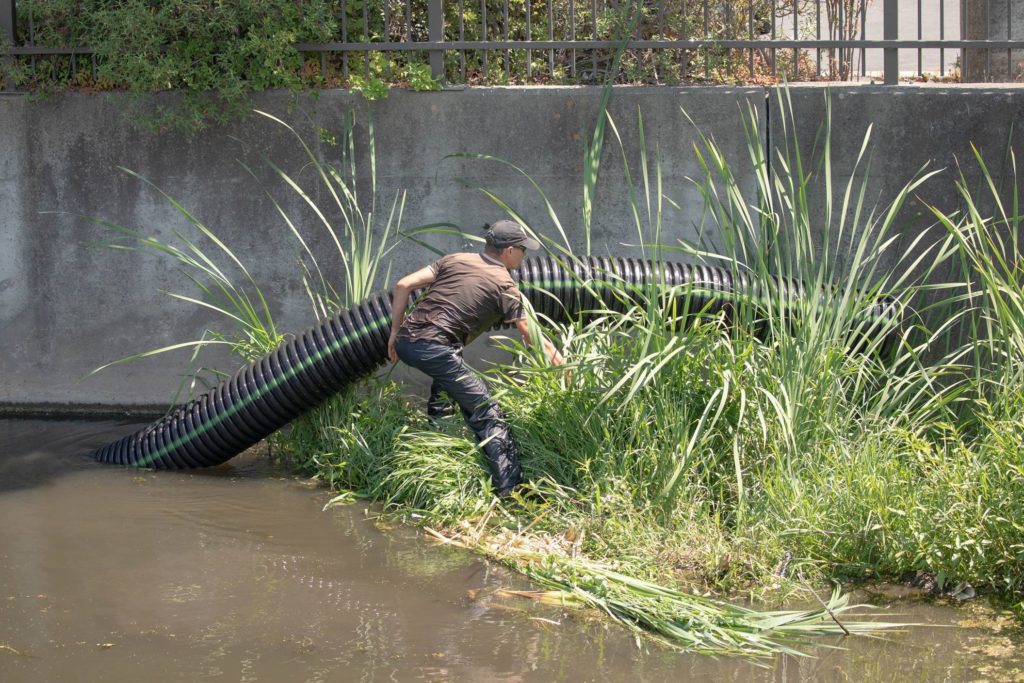
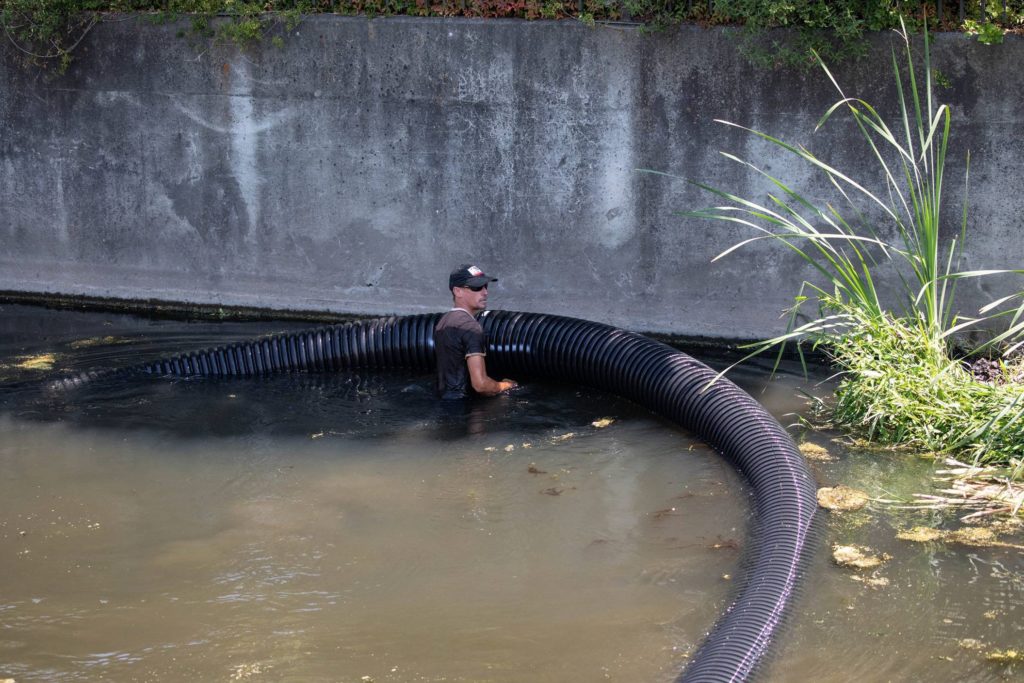

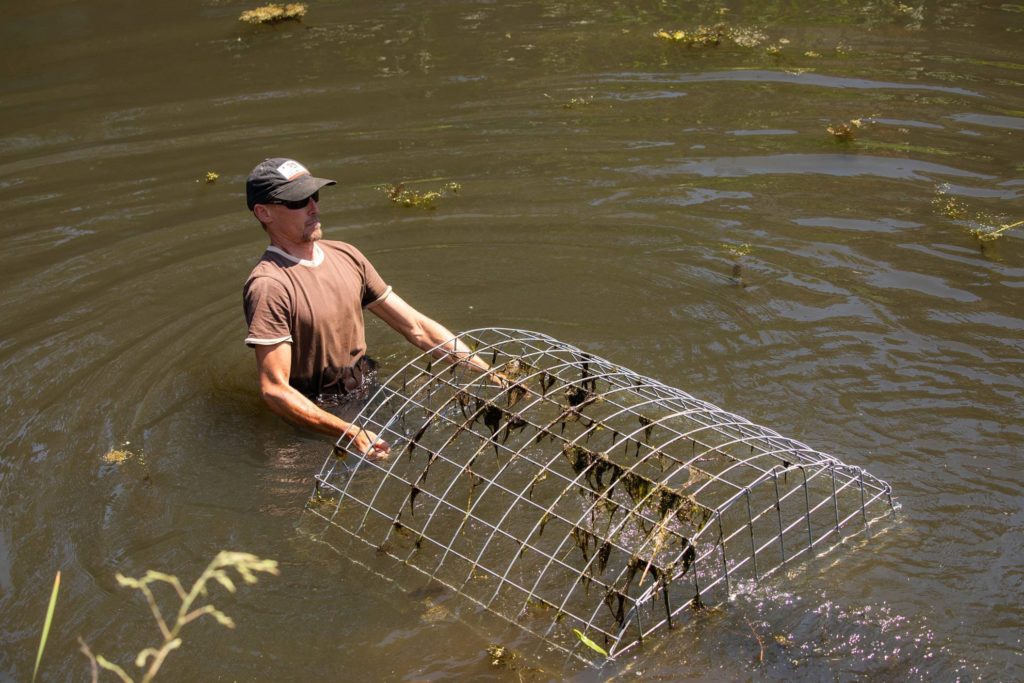
 I guess this means the beavers can stay even when they build that new hotel. I’m sure we need to thank
I guess this means the beavers can stay even when they build that new hotel. I’m sure we need to thank 

 For the upcoming year we are excited to start training beaver specialists. Our goal is to train 100 professionals in 5 years to promote coexistence with beavers across North America. Beaver Institute course graduates will embrace the critical role that beavers play in creating vital and vibrant ecosystems and learn the technical skills needed to nonlethally resolve b
For the upcoming year we are excited to start training beaver specialists. Our goal is to train 100 professionals in 5 years to promote coexistence with beavers across North America. Beaver Institute course graduates will embrace the critical role that beavers play in creating vital and vibrant ecosystems and learn the technical skills needed to nonlethally resolve b In recognition of both our one year anniversary and the launching of our training program, we are announcing a Matching Fund Drive for student scholarships. Your support can help a worthy student learn and implement nonlethal solutions to beaver issues.
In recognition of both our one year anniversary and the launching of our training program, we are announcing a Matching Fund Drive for student scholarships. Your support can help a worthy student learn and implement nonlethal solutions to beaver issues.


































